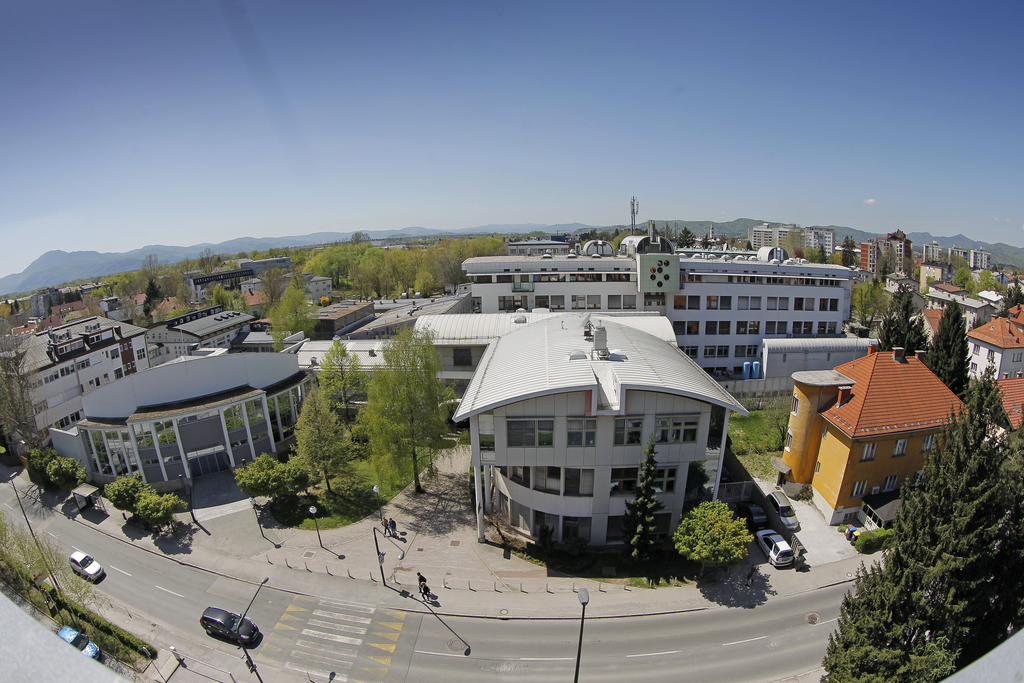Franc Novak, Denis Špelič & Borut Žalik
Abstract
This paper presents a low-cost website usability testing tool that records user’s mouse movement when performing search query on a web page. After a given time-out the web page is blurred and only some region around the mouse cursor remains transparent. The tool can be regarded as an automated version of the conventional squint test and can be used for the validation of the website design from the perspective of user cognitive load.
[Link]

